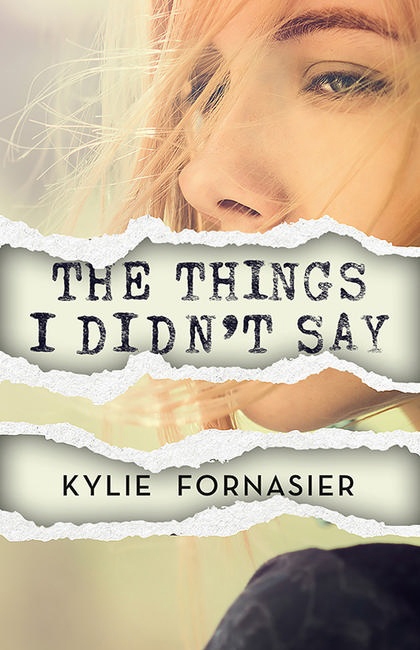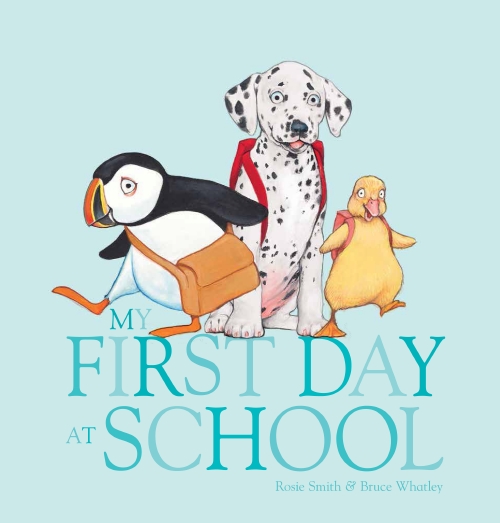 People like you and me, Jonah,
People like you and me, Jonah,
we drag down the price of everything we touch.
Jonah and Manx have been happy living on the wrong side of Coraki Lake – the side which does’t have beach access. They fish and swim in the lake, and spend their Friday nights watching Ella and Rachel and wishing they had the courage to talk to them. But life is changing. Their run down town is being sold off by a greedy real estate agent. Manx’s dad’s servo struggles to keep its doors open, and Jonah’s parents argue non-stop. The things that happen at their Friday night gatherings by the lake will bring change, and not all of it will be good.
Another Night in Mullet Town is a gritty, realistic verse novel told from the perspective of Jonah, a boy with just the one close friend (though he hopes Ella will become his friend, or something more). He and Manx have always been mates, but he worries that Manx is drifting away, consumed with hatred for the wealthy new-comers. He’s also struggling with the effects of his parents’ fighting. For all that’s going wrong, he manages to find things to be happy about, and he is a likable, often humorous narrator.
Herrick’s poetry is, as always, accessible to young readers with each poem only a page or two, enticing readers to read just one more. The use of the verse novel form means that there is emotional depth, character development and a wonderful sense of place, delivered with a satisfying compactness which means it will reach readers of all abilities.
Another Night in Mullet Town, by Steven Herrick
UQP, 2016
ISBN 9780702253959


 I hate the label Selective Mutism – as if I choose not to speak, like a kid who refuses to eat broccoli. I’ve used up every dandelion wish since I was ten wishing for the power to speak whenever I want to. I’m starting to wonder if there are enough dandelions.
I hate the label Selective Mutism – as if I choose not to speak, like a kid who refuses to eat broccoli. I’ve used up every dandelion wish since I was ten wishing for the power to speak whenever I want to. I’m starting to wonder if there are enough dandelions. On my first day…
On my first day…



